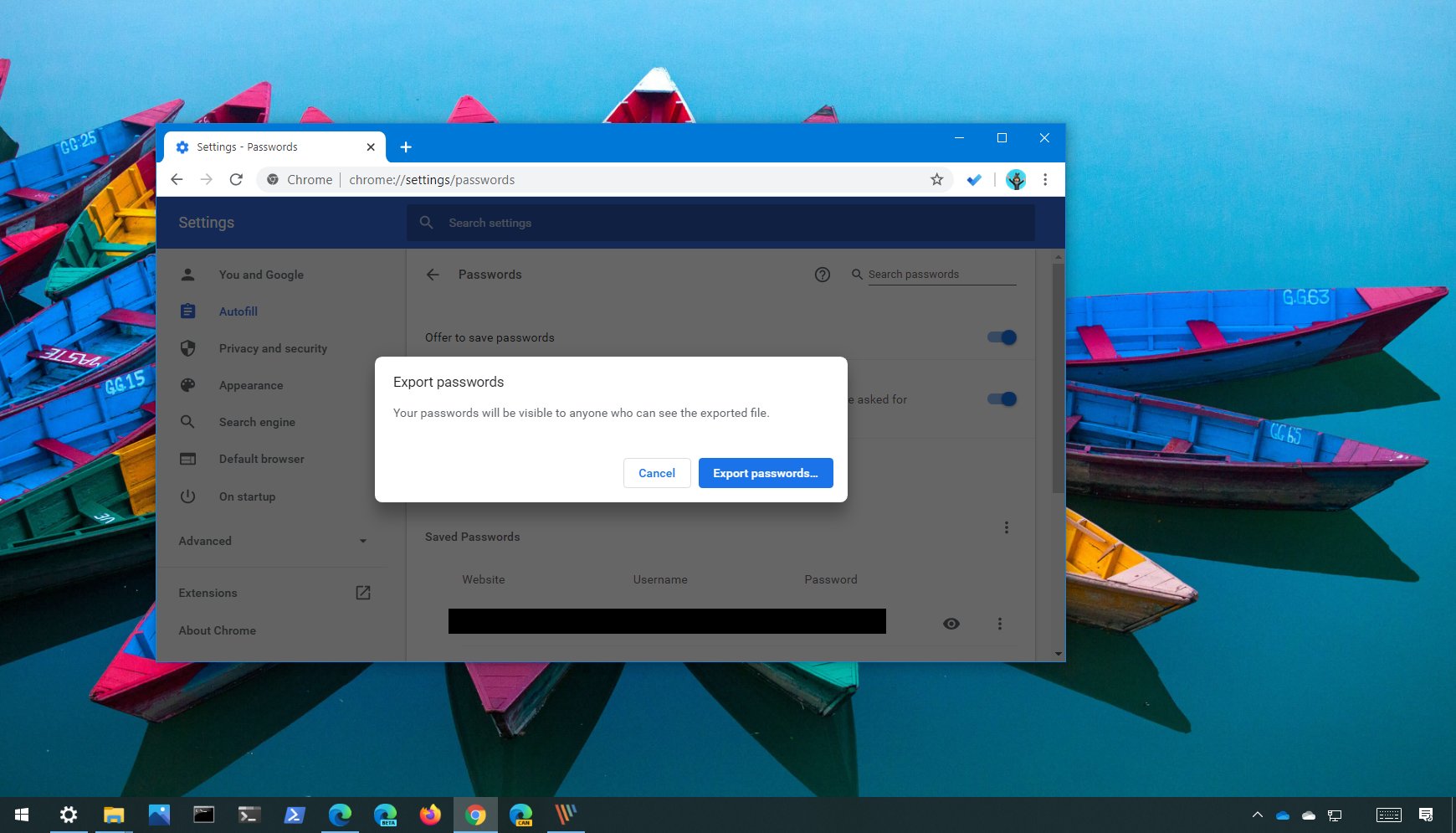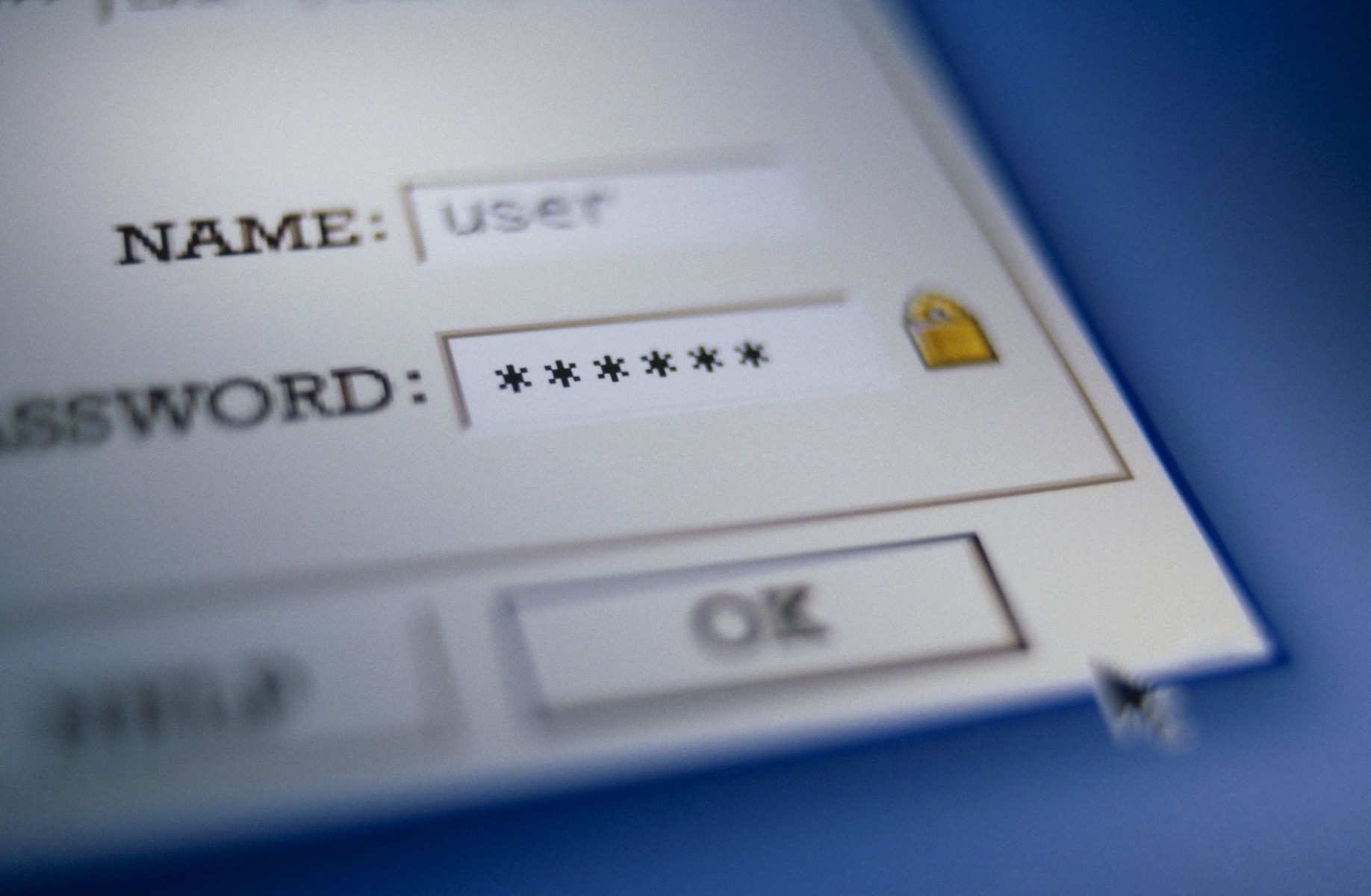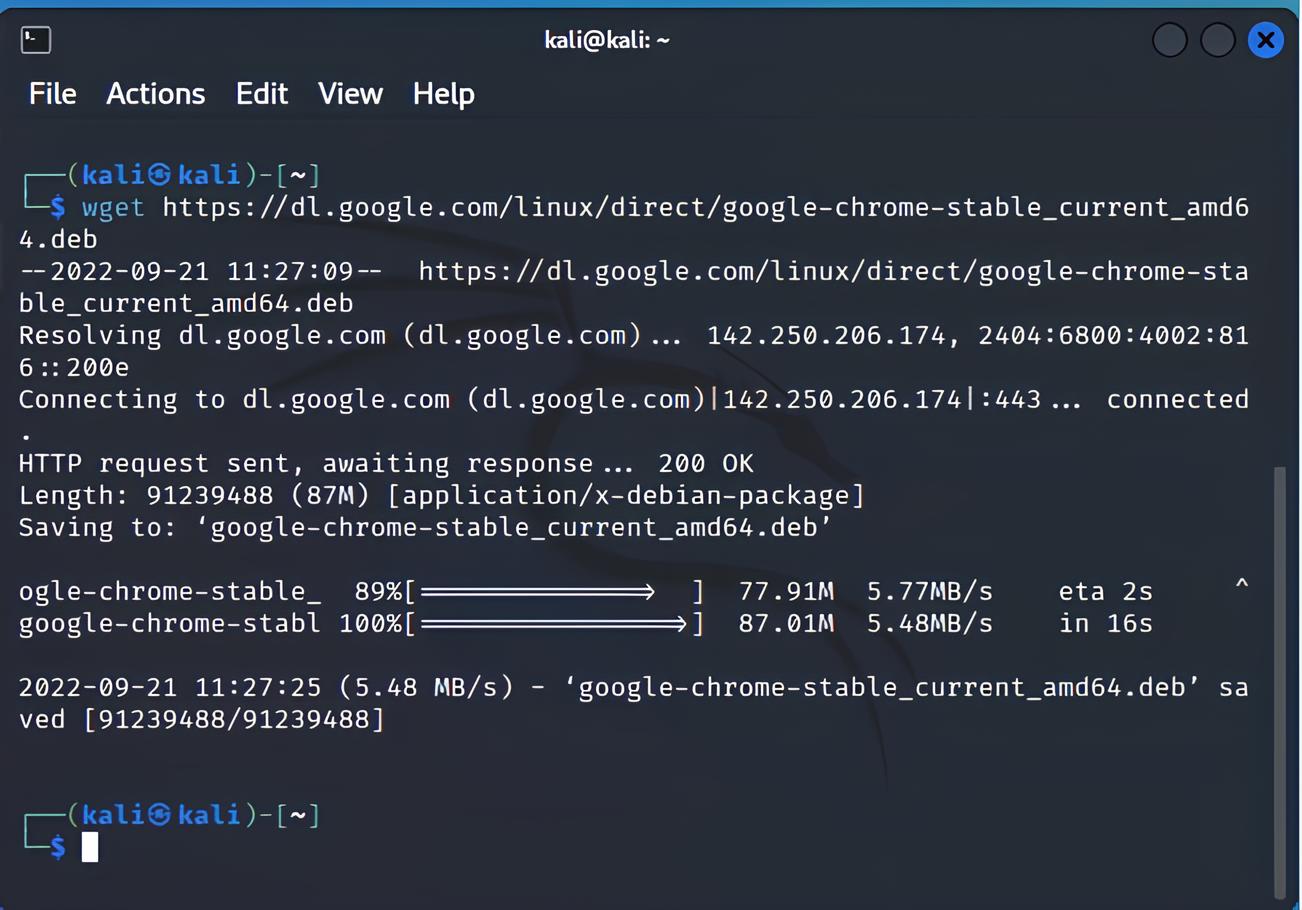Introduction
Managing passwords can be a daunting task, especially when you have numerous online accounts. Fortunately, modern web browsers like Google Chrome offer built-in features to store and manage passwords securely. But what if you need to access your Chrome passwords on another device or export them for backup purposes?
In this article, we will explore various methods to download Chrome passwords and make the process more convenient for you. Whether you want to access your passwords directly through the Chrome browser or export them for use in other password managers, we’ve got you covered.
In the following sections, we will walk you through each method step-by-step, providing clear instructions along the way. You’ll learn how to download Chrome passwords using the Chrome browser itself, the Google Password Manager, the Chrome password export feature, and even third-party password managers.
Before we dive into the methods, it’s important to note that the Chrome password download process may vary slightly depending on the device and operating system you’re using. Nevertheless, the concepts and steps outlined in this article will provide a general guide that can be adapted to different setups.
Now, let’s explore the different methods available to download Chrome passwords and discover which one best suits your needs.
Method 1: Using Chrome Browser
If you’re using Google Chrome as your default browser, you can easily access and download your saved passwords directly from the browser’s settings. Here’s how:
- Launch the Google Chrome browser on your device.
- Click on the three-dot menu icon located at the top right corner of the browser window.
- From the dropdown menu, select “Settings.”
- Scroll down and click on “Passwords” under the “Autofill” section.
- You will see a list of websites for which Chrome has saved your passwords. To view a password, click the eye icon next to it.
- If prompted, enter your computer’s administrator password or authenticate with biometric verification.
- To download your passwords as a CSV file, click on the three-dot menu icon at the top right corner of the password manager and select “Export passwords.”
- Chrome will ask you to confirm your account password again for security purposes. Enter your password and click on “Export.”
- Choose a location on your computer to save the exported file and click “Save.”
With these steps, you can easily download your Chrome passwords using the browser itself. This method is convenient if you only need to access your passwords on the same device or if you prefer to have a local backup.
Remember to keep the exported CSV file in a secure location and consider encrypting it with a strong password for added security. Now that you have your passwords downloaded, let’s explore another method to access them using the Google Password Manager.
Method 2: Using Google Password Manager
If you use Google’s built-in password manager to sync and store your Chrome passwords across devices, you can easily access and download them through the Google Password Manager. Here’s how:
- Visit passwords.google.com in any web browser and sign in to your Google account.
- You will see a list of your saved passwords. You can search for a specific website or scroll through the list to find the one you need.
- To view a password, click the eye icon next to it, and authenticate with your Google account password or other verification methods you have set up.
- If you want to download all your passwords, click on the three-dot menu icon at the top right corner of the password manager and select “Download.”
- A confirmation pop-up will appear, letting you know that downloading passwords may pose a security risk. Click “Download” to proceed.
- Enter your Google account password once again to authenticate the download.
- Choose a location on your computer to save the downloaded file, and click “Save.”
By following these steps, you can easily access and download your Chrome passwords from the Google Password Manager. This method is particularly useful if you want to access your passwords on multiple devices or if you prefer managing them directly from your Google account.
Remember to keep the downloaded file in a secure location and consider encrypting it for added protection. Now, let’s move on to another method that allows you to export Chrome passwords using the browser’s built-in export feature.
Method 3: Using Chrome Password Export Feature
If you prefer to export your Chrome passwords directly from the browser using its built-in export feature, you can do so with a few simple steps. Here’s how:
- Open Google Chrome on your device.
- Click on the three-dot menu icon at the top right corner of the browser window.
- From the dropdown menu, select “Settings.”
- Scroll down and click on “Passwords” under the “Autofill” section.
- Click on the three-dot menu icon at the top right corner of the password manager.
- Select “Export passwords.”
- A pop-up window will appear, warning you about the importance of keeping your passwords secure. Click “Export Passwords” to proceed.
- You may be prompted to enter your computer’s administrator password or authenticate using biometric verification.
- Choose a location on your computer to save the exported file, and click “Save.”
By following these steps, you can easily export your Chrome passwords using the browser’s built-in export feature. The exported file will be in CSV (comma-separated values) format, which can be opened and viewed in various applications like Microsoft Excel or Google Sheets.
Remember to keep the exported file in a secure location and consider using a password manager or encryption to protect the sensitive information it contains. Now, let’s explore another method that involves using third-party password managers to access and download your Chrome passwords.
Method 4: Using Third-Party Password Managers
If you prefer to manage your passwords with a third-party password manager, you can still access and download your Chrome passwords. Many popular password managers offer seamless integration with Chrome and provide options to import your saved passwords. Here’s how to do it:
- Choose a third-party password manager that supports Chrome integration. Some popular options include LastPass, Dashlane, and 1Password.
- Install the password manager’s browser extension or application on your device.
- Follow the instructions provided by the password manager to set up your account and import your Chrome passwords.
- Once the password manager is set up, you can access your passwords through their dedicated interface or browser extension.
- If you want to download your passwords for backup purposes, check the documentation or support section of the password manager for specific instructions.
By following these steps, you can seamlessly integrate your Chrome passwords into a third-party password manager and access them through its interface or browser extension. These password managers often offer additional features like password generation, secure sharing, and cross-platform syncing, making them a reliable choice for password management.
Remember to follow the best practices recommended by the password manager to ensure the security of your passwords. Now let’s summarize what we’ve covered in the previous sections.
Conclusion
Managing and accessing your Chrome passwords doesn’t have to be a complicated task. With the methods outlined in this article, you can easily download your Chrome passwords and ensure their security and accessibility. Whether you prefer using the Chrome browser itself, the Google Password Manager, the Chrome password export feature, or third-party password managers, there’s a method that suits your needs.
If you’re using Google Chrome as your default browser, accessing and downloading your passwords is as simple as navigating to the password manager settings within the browser. You can export your passwords as a CSV file for local backup or use the Google Password Manager to access them from anywhere using your Google account.
Alternatively, you can leverage the capabilities of third-party password managers that integrate with Chrome. These password managers offer additional features and security measures to enhance your password management experience.
Remember to prioritize the security of your passwords by keeping exported files or using reputable password managers that encrypt your data and provide strong authentication measures.
By utilizing these methods, you can conveniently manage and download your Chrome passwords, ensuring that you have secure access to your online accounts whenever and wherever you need it.

























